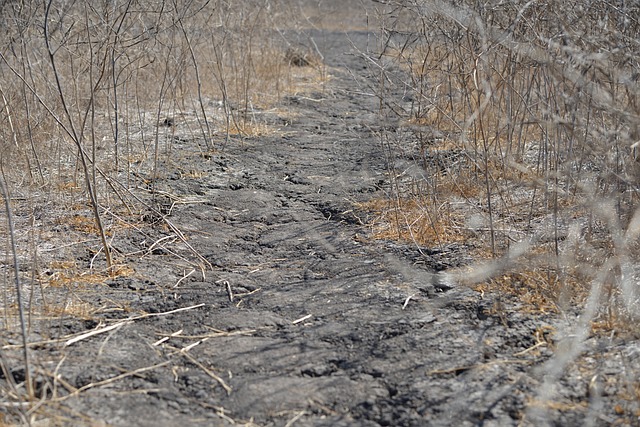Serbian agriculture is facing serious challenges due to extreme droughts that have lasted for the third year in a row. In 2023, only 8.3% of used agricultural land was irrigated, which is one of the key reasons for the weak contribution of the sector to overall economic growth. The drought significantly reduced yields and increased food prices, while the increase in the prices of seed potatoes, onions, lettuce and peppers, together with the increase in the price of milk and meat, further burdened the consumer’s budget.
Last year, agricultural production recorded a modest growth of 8.7%, primarily thanks to higher yields of cereals, such as corn, whose production increased by 55%. However, fruit saw a 16% drop in yield, while vegetable production fell by 15%. Animal husbandry continued its downward trend, with a drastic drop in the number of pigs by 20%, while milk production remained at a minimum. The lowest amount of eggs produced in the last decade further illustrates the crisis in the sector.
How did the drought ruin agriculture?
Serbia achieved a surplus in the foreign trade exchange of agricultural products. But the value of exports of primary products fell by 13% in 2023. Fruit and grain exports remained key. However, a decline was recorded in the export of fresh apples to Russia. At the same time, the import costs of primary agricultural products increased by 50% compared to the five-year average. Serbia mainly imported frozen pork, coffee, bananas and seed corn. The largest surpluses were realized in the export of fruit and cereals.

Unfavorable climatic conditions continued to threaten agriculture in 2024, with an expected drop in the gross added value of the sector by around 8%. The drought hit corn the hardest, with a drop in production of over 23%, while industrial plants also suffered a fifth reduction. Despite these challenges, the growth of grain and leguminous exports in the first half of the year brought an increase in the value of exports by 51%.
The Faculty of Agriculture estimates that due to climate change, Serbia has lost 7.8 billion euros in the last two decades, mostly due to droughts. The key solutions lie in the modernization of technologies and the expansion of the irrigation system, which has been debated for decades without significant results. Despite the establishment of the Institute for the Development of Artificial Intelligence, it remains an open question whether the technologies will be applied in a way that would ensure the recovery of agriculture and protection from future climate challenges.
Source: 24 Seven
Source: boljazemlja.com


